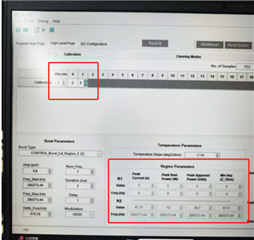Tool/software:
Hi team
In the technical manual of ULC1001, the temperature calibration needs to obtain a linear relationship between temperature and LCS impedance.
Can the ULC1001 chip measure this impedance value?
The function of the USER_Params_tempParams_slope_CperOhm_Q27 register of ULC1001 is to set the slew rate parameter between LCS impedance and temperature.
I would like to ask whether this parameter value is obtained through actual measurement or a value obtained after internal calibration of the ULC1001 chip?
Thanks~


